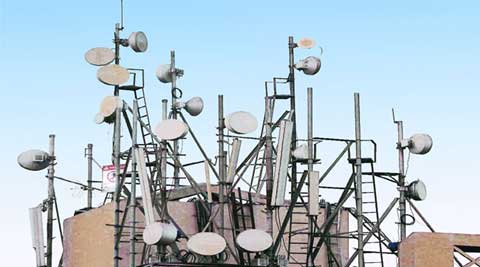The SS7 (Signaling System No. 7) protocol is the backbone of telecommunications networks, allowing for the exchange of signaling messages between network elements to facilitate voice and data communication. However, SS7 has several vulnerabilities that can be exploited by attackers to intercept, manipulate, or redirect network traffic, leading to potential privacy and security risks.
To mitigate these risks, network operators and service providers must implement a range of security measures, including the use of secure signaling protocols, implementing strong access controls, and monitoring their networks for suspicious activity.
One of the key vulnerabilities of SS7 is the lack of authentication and encryption in signaling messages. This means that an attacker with access to the SS7 network can intercept and read signaling messages, including text messages and phone calls. Additionally, an attacker can manipulate or redirect signaling messages, allowing them to redirect calls or SMS messages to unauthorized destinations.
Another vulnerability is the lack of access controls in the SS7 network. This means that an attacker who gains access to the SS7 network can potentially access sensitive network elements, such as home location registers (HLRs) or visitor location registers (VLRs), which contain information about subscribers’ locations and activities.
To mitigate these risks, network operators and service providers can implement secure signaling protocols, such as Diameter or SIP (Session Initiation Protocol), which include built-in authentication and encryption mechanisms. Additionally, implementing access controls, such as firewalls and intrusion detection systems, can help limit unauthorized access to the SS7 network.
Monitoring the network for suspicious activity is also critical in detecting and mitigating potential SS7 attacks. This can include monitoring network traffic for unusual patterns or volumes, as well as analyzing signaling messages for suspicious behavior, such as unauthorized message interception or redirection.
By Using these technical measures, end-users can also take steps to protect themselves from SS7 attacks. This includes using encrypted messaging apps, avoiding public Wi-Fi networks, and keeping their devices up-to-date with the latest security patches.
There are several SS7 vulnerability scanners available that can help detect vulnerabilities in the SS7 network. These tools are typically used by network operators and security professionals to identify and remediate potential security risks in their network.
Here are some popular SS7 vulnerability scanners:
- SnoopSnitch: A free and open-source Android application that can detect and alert users to potential SS7 attacks, such as interception or tracking of phone calls and text messages.
- SigPloit: A free and open-source SS7 vulnerability scanner that can perform a variety of SS7 attacks, including call interception, SMS interception, and location tracking.
- Ss7MAPer: An SS7 vulnerability scanner that can detect and analyze various SS7 attacks, including SMS interception, call redirection, and location tracking.
- Wireshark: A popular network protocol analyzer that can capture and analyze SS7 traffic, allowing for the detection of potential security vulnerabilities.
- SS7-Analyzer: A commercial SS7 vulnerability scanner that can perform a variety of SS7 attacks, including SMS interception, call redirection, and location tracking.
It is important to note that using these tools without proper authorization or permission from the network operator may be illegal and can lead to legal consequences. It is always best to consult with a qualified security professional before conducting any vulnerability testing on an SS7 network.
It’s worth noting that SS7 vulnerability scanners can be helpful in identifying potential security risks in the SS7 network. However, these tools are not foolproof and may not catch all possible vulnerabilities or attacks. It is also important to keep in mind that SS7 attacks are constantly evolving, and attackers are constantly developing new techniques and methods to exploit vulnerabilities in the SS7 network.
Overall, while SS7 vulnerability scanners can be a useful tool for identifying potential security risks in the SS7 network, they should be used in conjunction with other security measures and best practices to ensure the protection of the network and its users.
